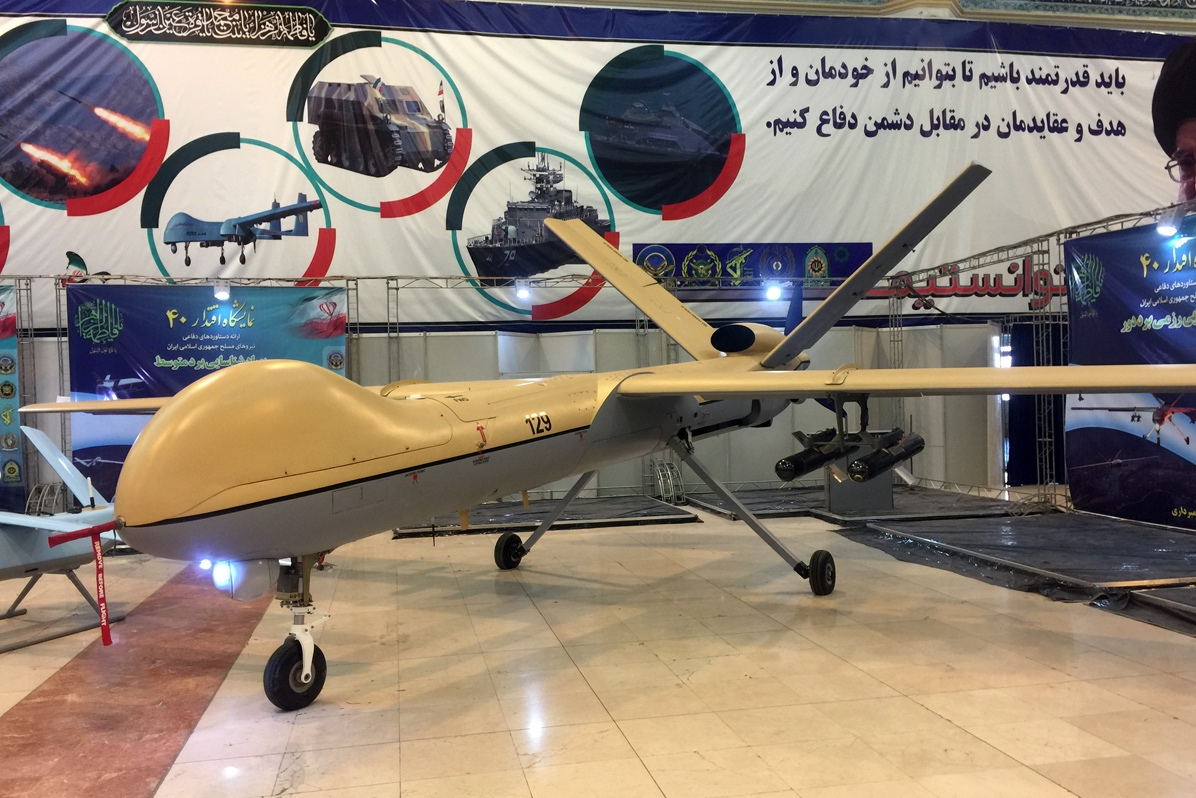Iran has confirmed that it has ordered Russian Sukhoi Su-35 warplanes and expects to receive these cutting-edge aircraft within three months.
It was reported that Iran would acquire 24 4.5-gen, twin-engine, super-maneuverable Su-35 fighter jets. The Su-35, developed by the Sukhoi Design Bureau and produced by Sukhoi, is primarily an air superiority fighter and one of the most powerful aircraft in the Russian armory.
The jets will arrive in Iran in the upcoming Iranian year, which starts on March 21, according to Shahriar Heidari, a member of the parliament’s National Security Committee, who made the statement on January 15 to Tasnim News Agency.
The lawmaker pointed out that Iran has also purchased several other military hardware from Russia, including helicopters, missile systems, and air defense systems, most of which will be delivered soon.
Heidari omitted much information, including the contract amount and the transaction terms.
The Iranian news agency also added that the Russia-made fighter jets would be housed at Tactical Air Base (TAB) 8 of the Islamic Republic of Iran Air Force (IRIAF). The base is situated in the city of Isfahan.
In the last few years, Iran hasn’t purchased any new fighter aircraft except a few Russian MiG-29 Fulcrum fighters it purchased in the 1990s.

Therefore, purchasing the cutting-edge fighter jet is a significant upgrade to the ailing Iranian Air Force.
In September 2022, Hamid Vahedi, the head of the Iranian air force, stated that “the procurement of the Sukhoi 35 from Russia is being explored” by the Iranian air force.
The commander of the Iranian Air Force also said that the previously planned purchase of Russian Su-30 fighters had been replaced with plans to acquire Su-35S planes.
In December 2022, Western intelligence agencies revealed that Russia planned to offer Iran 24 Su-35 jets in trade for “kamikaze drones.” The planes originally headed for Egypt are reportedly being diverted to Iran.
Cairo signed a deal with Moscow in early 2019 to procure Su-35 warplanes. Later, Egypt abandoned its plans to purchase the aircraft, most likely due to the prospect of American sanctions.
That being said, Heidari’s remarks also come as the Islamic Republic is under mounting criticism from the international community for its brutal suppression of anti-government protests and execution of demonstrators.

Tehran’s Growing Military Ties With Moscow
Even in the past, Russia gave Iran modern weapons to support its military in the face of rising tensions with the US and its allies.
In 2007, Iran and Russia signed an agreement to purchase Russia’s S-300 anti-missile system. However, Moscow halted the sale in 2010 to comply with a UN Security Council (UNSC) resolution against Iran’s nuclear program.
The deal was revived in 2015, just before Iran’s nuclear agreement with world powers was signed. In May 2016, Iran’s defense minister declared that the Islamic Republic was “in possession of the strategic S-300 system.”
The West is alarmed about the expanding ties between Iran and Russia in the midst of the ongoing Ukraine conflict. Iran’s supply of military drones to Russia, particularly, has become a key dispute between the United States and Tehran.
Iran denied providing drones to Russia, and at a tense UNSC meeting last month, Vassily Nebenzia, Russia’s UN ambassador, termed the accusations “patently concocted and false.”
US Deputy Ambassador Robert, however, informed the Council that “ample evidence from various public sources,” including a statement made by Iran’s foreign minister on November 5, confirmed Ukraine’s claim that drones of Iranian origin were being used to target civilian structures.
He argued that a Security Council annex to the 2015 resolution prohibits Iran from sending these drones without receiving Security Council clearance. Iran has increasingly used drones to its advantage, knowing that its air force cannot match with the more advanced air forces in the region.

Military drones have been produced and used by Iran since the Iran-Iraq War in the mid-1980s. Tehran’s highly advanced military drone complex, which has approximately thirty-three different varieties, is one of the key elements of its security policy and force structure.
Iranian drones are less expensive than their Western rivals. They have a track record of success on the battlefield, whether used to attack regional and local militants or American and NATO forces in and around the Persian Gulf.
Nevertheless, drones have allowed Iran to demonstrate the technology, boost its reputation, strengthen alliances, and impact wars in the Middle East and abroad.
- Contact the author at ashishmichel(at)gmail.com
- Follow EurAsian Times on Google News




